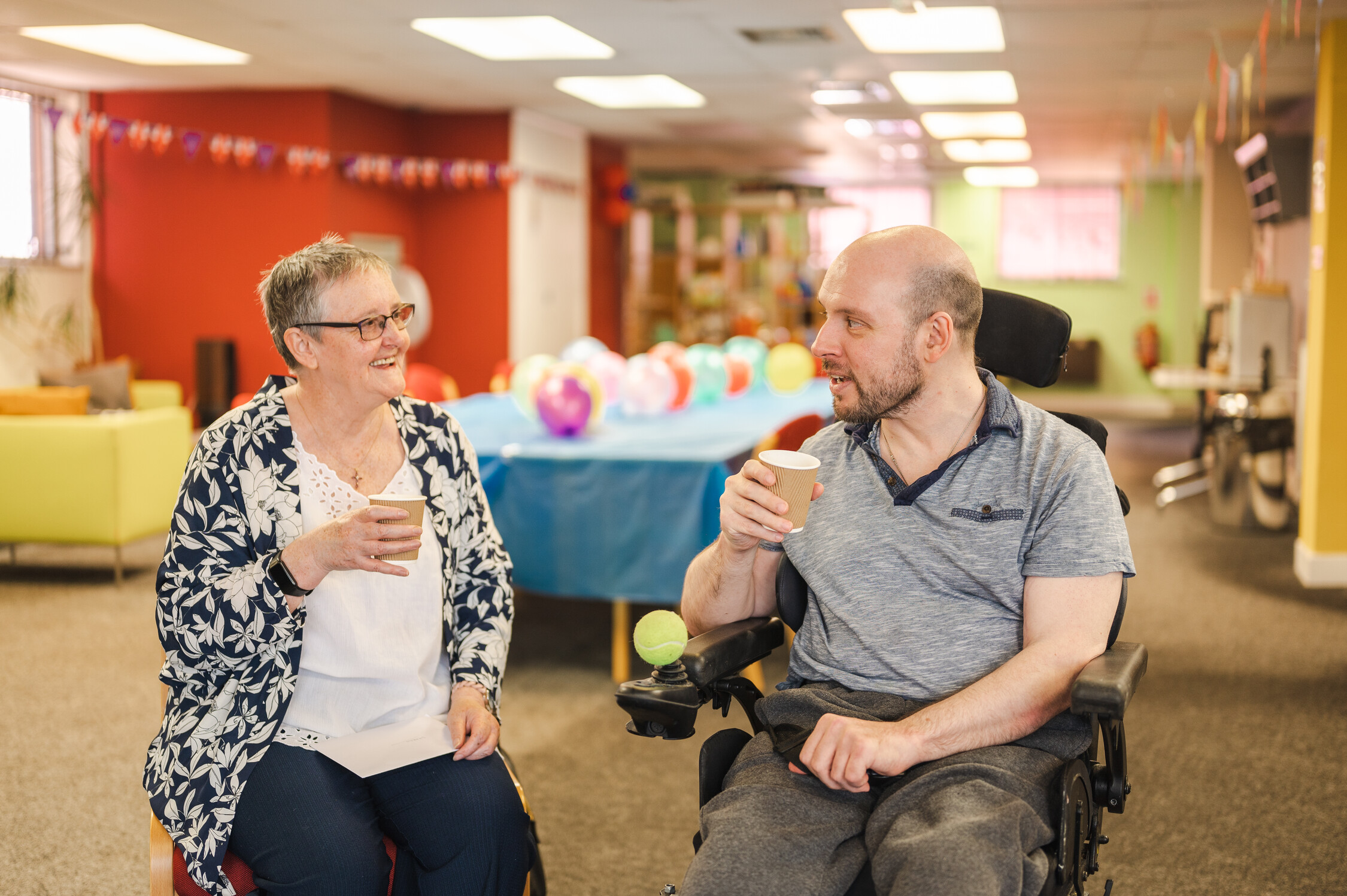We all know the theory, says Joan Rutherford, Chair of the National Network of Older People’s Housing Champions. “An inclusive / accessible environment is good for everyone.” So why. in practice, do we so often just pay lip service to those with mobility issues – including our ageing population?
After the “inclusive” London Olympic Games in 2012, the Built Environment Professional Education (BEPE) project was trumpeted by the government. BEPE would thenceforth work “to embed inclusive design knowledge and skills into the initial and ongoing training and education of built environment professionals.”
In 2017 the Construction Industry Council (CIC) published “Essential Principles – Creating an Accessible and Inclusive Environment”1. Inclusive design was presented as fundamental, and the principles were to be integrated from the start of the urban design process.
That’s the theory, but what’s the practice?
My own old University Planning school does not currently offer a module in Inclusive Design. A professor of Architecture at another university told me recently that his students “have a lot to learn” so “must pick up accessible design principles as they go along”. This, despite there being a mountain of guidance – includingthe Building Regulations and British Standards – as well as the examples of disabled and older people’s lived experiences.
What has gone wrong? To me, there is an “othering” of older and disabled people which promotes an environment that suits young, non-disabled people. A lack of recognition that we ourselves aregrowing older, as are our parents… and our children. An attitude of “let’s do the design… and then work out how to make it accessible”.
All of this trivialises the fundamental importance of inclusive design in the lives of millions of people.
The “tyranny of the wheelchair”
It’s not as though any of this is new. Disabled People’s Organisations have campaigned since the 60s for a more accessible built environment. And, yes, much has been achieved externally – such as dropped kerbs, tactile paving, and better access to public buildings.
However, there is still a sense that, so long as we provide the ramps, inclusive access is “sorted”: an approach that a colleague has described as the “tyranny of the wheelchair”.
Critically, although much of the external environment is accessible – at least for mobility impaired people – the most important place where most of us want accessibility for is in our homes.
And the plain fact is: not enough accessible and wheelchair accessible homes are being built to meet the need. Young disabled people cannot find a suitable home to move into, either to live independently or with a partner2. Many older people cannot be discharged from hospital because of the lack of accessible accommodation, or move to should they wish to “rightsize” later in life.
After years of lobbying and promising, last summer finally brought some news on this front: the government announced that the national standard for all new-build homes would be Building Regulation M4(2), the basic accessibility standard. I’ve heard nothing further since.
We only have to look to two of our major cities to see where this standard is already in place, and the difference it makes there: the London and Liverpool Plans both include M4(2) as the minimum standard, but also require 10% of new homes to be to M4(3) or wheelchair accessible. All of us who support inclusive design should be pushing for these standards nationally.
In my ideal world, schoolchildren would be introduced to the fundamentals of inclusive design as part of their education. Maybe then adults wouldn’t park their cars over dropped kerbs or block pavements. Maybe shopkeepers wouldn’t think it “essential” to put A-boards outside their shops…
Until that glorious day, let’s remember BEPE and take inclusive urban design seriously.
We should focus on ensuring that all urban designers – planners, architects, landscape designers and highway engineers – are trained in inclusive design principles and are encouraged to see disabled and older people not as “different” but as themselves… growing older.
1. Essential Principles – Creating an Accessible and Inclusive Environment – for Built Environment Professionals. (Construction Industry Council, 2017)
2. ‘Big Disability Survey 2022’. (Greater Manchester Disabled People’s Panel, 2022)
Joan Rutherford MRTPI (Rtd.)
Chair, National Network of Older People’s Housing Champions
Joint Chair, Manchester Women’s Design Group
Treasurer, High Peak Access
Greater Manchester Coalition of Disabled People
Manchester Disabled People’s Access Group
Manchester Age-Friendly Design Group
